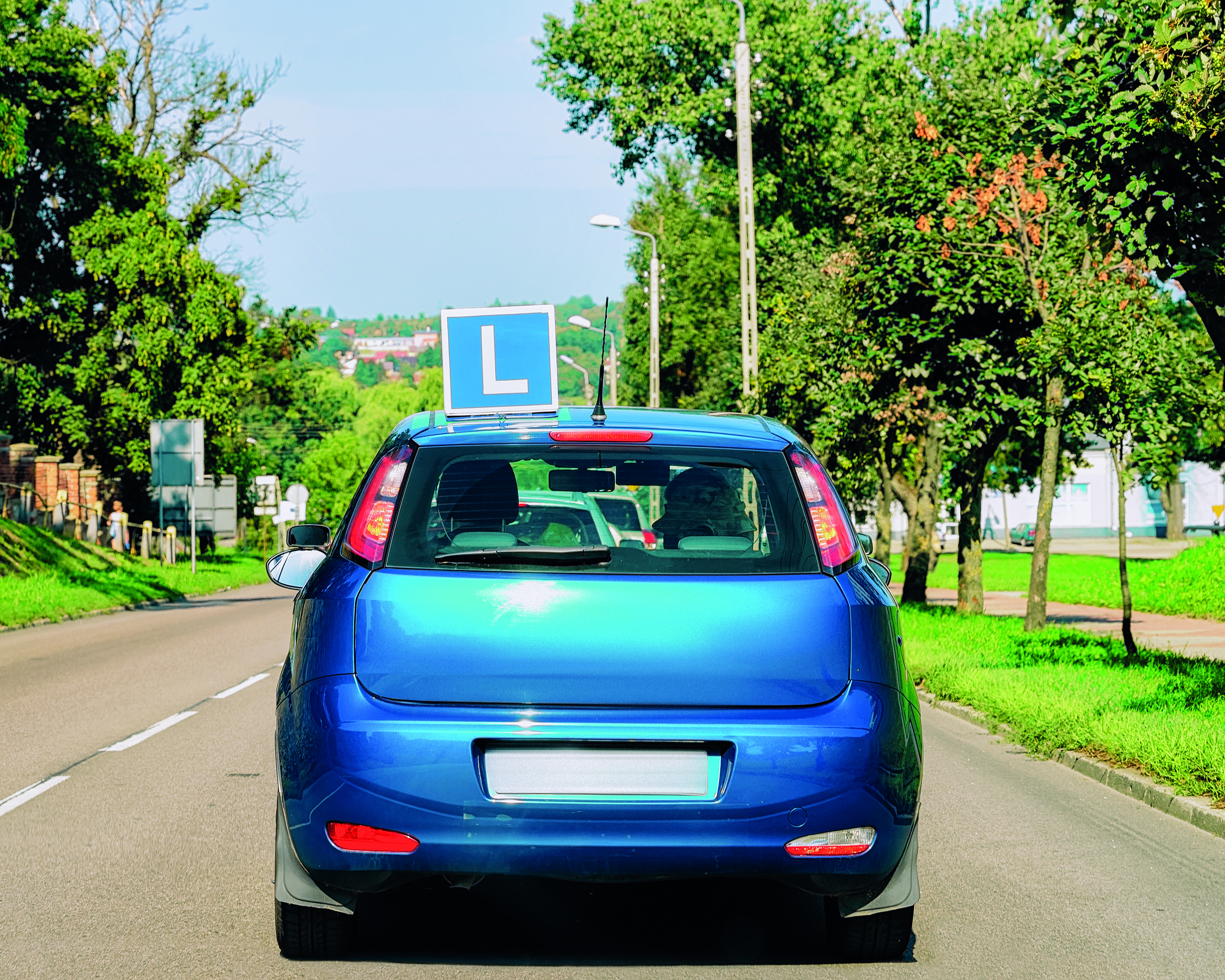ATTI’s columnist puts himself in the shoes of an evaluator whose job it is to follow defined test cycles under controlled lab conditions
How do you train a lawyer? Step one, teach the candidate about law. Step two, teach the candidate how to pass exams on law (perhaps a different skill in its own right). Step 3, place the candidate in a law firm for several years under the care of a (hopefully benevolent) mentor. Training complete. Now you have a fully trained lawyer, who is licensed to argue with other lawyers and be yelled at by justifiably impatient judges. Some candidates will have the DNA, others will struggle. However, as I have discussed in other publications, I believe this is a wholly inadequate training system.
Now, how do you train a test driver? Step one, find a keen test technician who is also a competent driver with a domestic driving license and many hundreds of hours of ‘safe’ real-world driving experience (we’ll call him Danny). Step two, teach him how to perform a variety of entirely unrealistic drive cycles. Danny must do this accurately, repeatedly and consistently. Step three, when the time is right, throw in an examiner from the local regulatory agency to witness the test (thus making the scenario even more unrealistic and adding pressure).
Is this an adequate training system? I feel there are some fundamental flaws here that must be addressed.
Take the drive-by noise test, for example. When training an evaluator to undertake this cycle, the individual is encouraged momentarily to forget all about real-world driving and skill and become an expert at doing something quite different. It involves driving on a straight track, at an exact speed, and then flooring the accelerator. In test track parlance, this is known as doing an unsafe thing in a safe place.
In addition, Danny is not alone while conducting this test. Some of his colleagues are in a nearby workstation, with a laptop and a pot of coffee, and there are other individuals on the track, holding clipboards – and also momentarily holding their breath.
If Danny finds this an unreal situation, he should wait until he is trained to undertake an emissions test cycle. This involves getting in a stationary test car and ‘driving’ it. To explain, the car is left to soak for 24 hours at a certain temperature in a test chamber before being placed on a dynamometer. Then comes the difficult bit: the evaluator must ‘drive’ the car – absolutely nowhere – for 20 minutes while tracking a guide on a screen using only accelerator inputs. Test technicians in this sector tell me that, for those with talent and endurance, it can take up to two years to achieve proficiency in performing this skill.
What’s next? In order to check a vehicle’s Real Driving Emissions compliance, Danny must drive the car on urban roads in an on-road verification test. For this portion of the test, the developer must drive in a normal manner as if driving in a real-world scenario, only now remembering to use operational components such as the steering wheel and the foot brake.
Several industry actors have questioned the extent to which these procedures demonstrate meaningful legal compliance. And what about risks to the individuals involved in this testing, and the associated legal liability consequences? As John Heider noted in his column in the November 2020 issue of ATTI, the vast majority of incidents at proving grounds occur due to inexperienced, distracted drivers. Unlike the training of the lawyer, which is a relatively benign occupation, the training and vocation of test driving can be challenging, and at times dangerous. Not everyone has the appetite, DNA and skill to make a success of it – and kudos to those who do.



